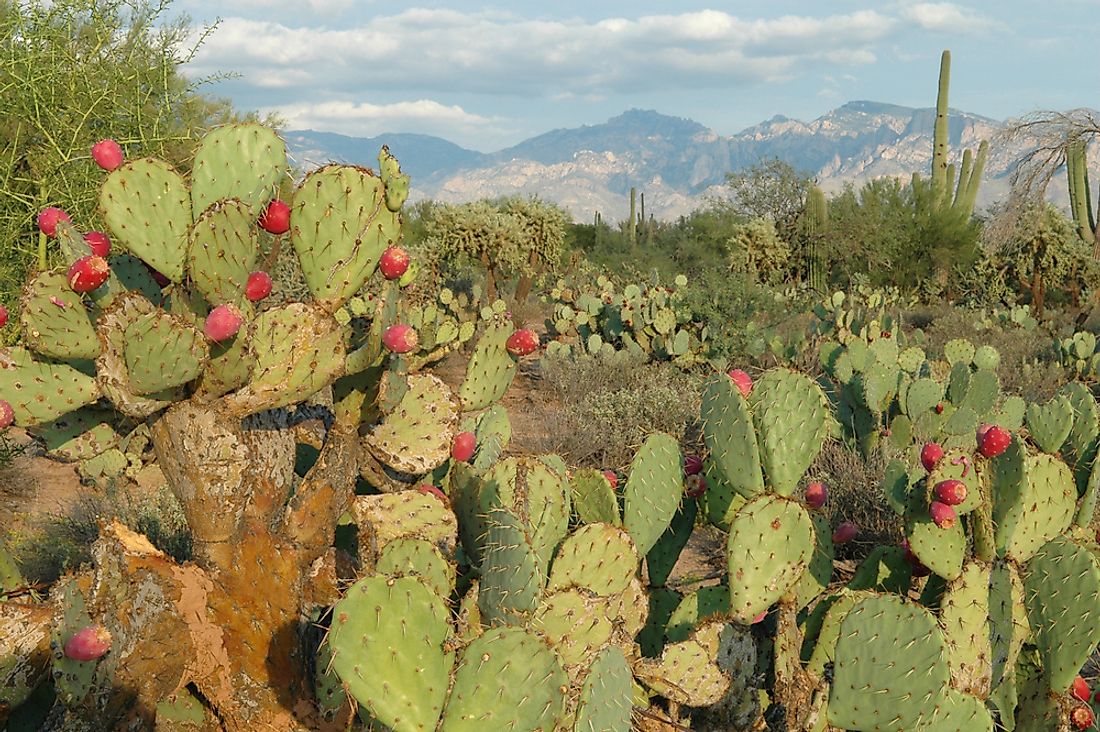What Is A Xerophyte?

Xerophytes are plant species that have adapted to live in dry or dessert conditions. Xerophytes have evolved to bear and survive in extreme and harsh environments. They can be found from the arid and hot deserts of Africa to the freezing ice covered Arctic.
Unique Features of Xerophytes
Plants in general rely on soil for water and nutrients through their roots. Both of these ingredients are essential for their survival. But there are places on earth with arid and extreme climates with limited water sources. Certain unique features of xerophytes allow them to prevent water loss, and in other cases, to store water for their survival. The xerophytes use a variety of features to counter water deficiency. These include:
- reduced leaf size
- thick, fleshy leaves
- waxy or hairy leaf coatings
- leaves folding/repositioning
- dense packing of leaves
- low stomata density
- extensive roots
- water storage in stem and tubers
- reduced stomatal density
- waxy stomata
- have sunken stomata or open their stomata at night only
- CAM photosynthesis.
Types of Xerophytes
There are three types of xerophytes: succulent, non-succulent perennials, and ephemerals. All three of these use different techniques to deal with water deficiency.
Succulent plants use storage techniques to cover their essential water needs. They do so by storing water in their stems or leaves.
Non-succulent perennials are considered actual xerophytes. They effectively use rapid root growth and extensive root systems to maximize water supply from the soil. They also use leaf size reduction and leaves folding or rolling to minimize water loss through the transpiration process.
Ephemerals have adapted another feature to deal with the harsh environment. These plants utilize rainfall to its best; they rapidly complete their germination process and achieve maturity to produce flowers and seeds.
Key Adaptions by Xerophytes
Xerophytes adapt various features according to their climate, geography and requirements. These adaptions are made for one out of three major mechanisms: storage of water, water uptake, or to limit water loss.
Adaptions to Limit Water Loss
Xerophytes adapt to limit water loss in various ways. Some grow curled leaves while others grow large hair on their surface. A few xerophytes limit water loss by stomatal activities.
Adaptions to Store Water
Many xerophytes have adapted ways to store water by having fleshy stems and tubers. These plants effectively grow succulent leaves and stems to store water in them.
Adaptions for Water Uptake
These xerophytes develop extensive and deep roots to tap maximum water from the soil. Some of them also absorb moisture from air and dew through their leaf hairs and trichomes.
Famous Examples of Xerophytes
Teat plant, prickly pear, pine, cactus, euphorbia, acacia, oleander, bromeliads, kalanchoe, and esparto grass are famous and well-known xerophytes.







